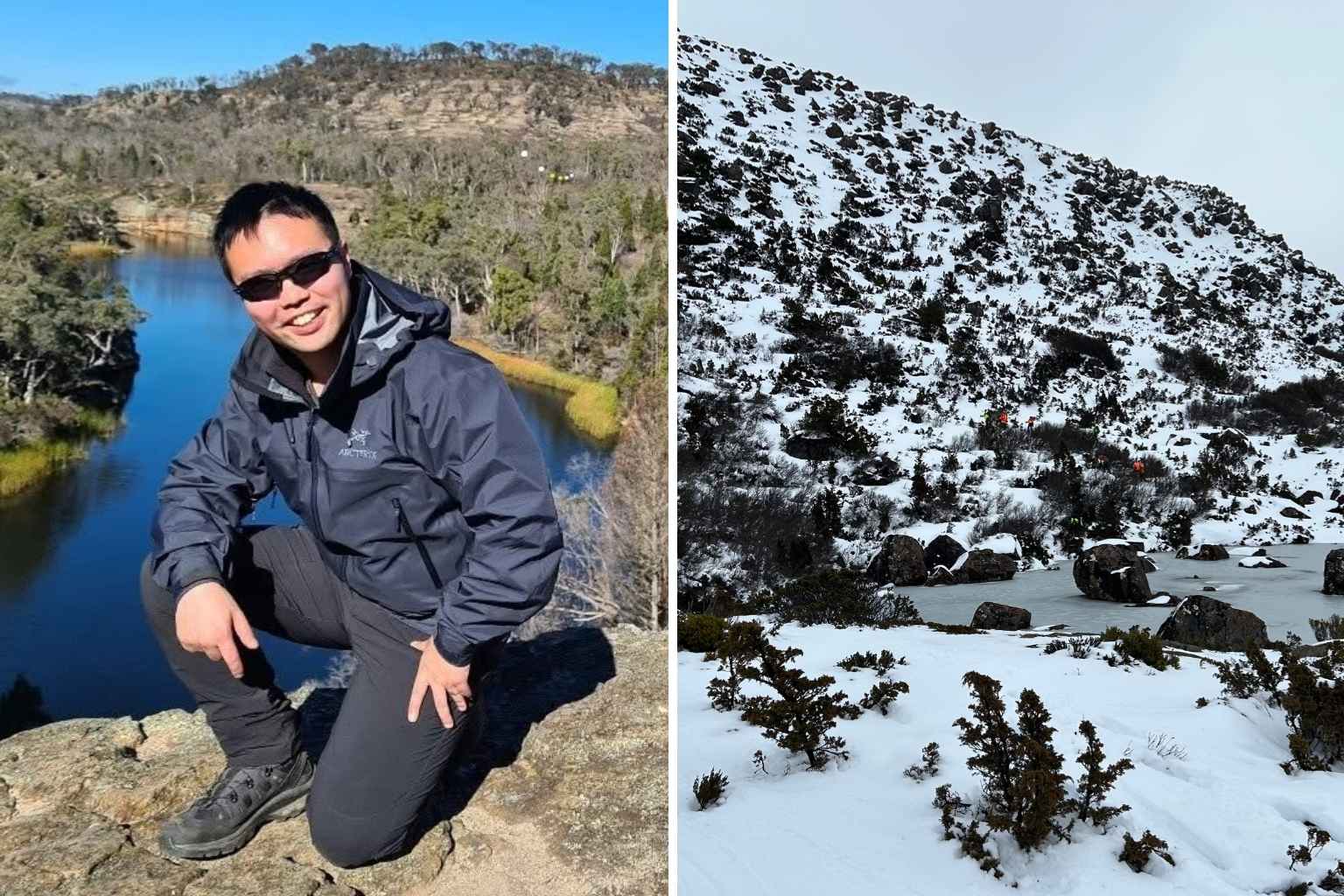A section of land next to the Derwent River at Boyer is set to become a global leader in the production of low-emission vessels, with the announcement of a new INCAT shipyard set to be built in the Derwent Valley.
INCAT Chairman Robert Clifford unveiled plans for the new facility on Thursday, saying the global demand for electric ships is massive.
“There’s at least 1,000 medium-sized ships needed. There’s another 1,000 Sydney Harbour-sized ships needed, etc. So the market is unbelievably large.”
“I might not see the thousandth boat, but there’s an awful lot of expansion going on,” he said.

The company’s current Hobart shipyard is nearing completion of the world’s largest electric ferry, which will be delivered to South America in the next 12 months.
INCAT CEO Stephen Casey said the company needs more space and more people to meet the global demand for zero-emission ferries.

“That space allows us to work towards our goal, which is to be delivering four large battery electric vessels to the market globally every year,” he said.
“That’s about a billion dollars of construction a year underway here in Tasmania.”
The new 12-hectare site on the River Derwent was purchased from Norske Skog, who say the development fits with their vision for the area.
“The Boyer Mill itself is looking to expand and become a major economic hub for the south of the state,” Norske Skog General Manager Patrick Dooley said.

“We see developments in renewable energy, developments in advanced manufacturing, like the INCAT development, and we have this vision for a future where we’re a multi-use site.”
Premier Jeremy Rockliff says the new shipyard will triple the INCAT workforce in the coming years and create opportunities for local businesses.
“It’s not just about the direct jobs which are significant but what this means and the flow and effects throughout the entire Derwent Valley community, of course, but also throughout Tasmania,” he said.
Once complete, approximately 800 people will work at the new Boyer site while 1000 people will work at the current Hobart site.







